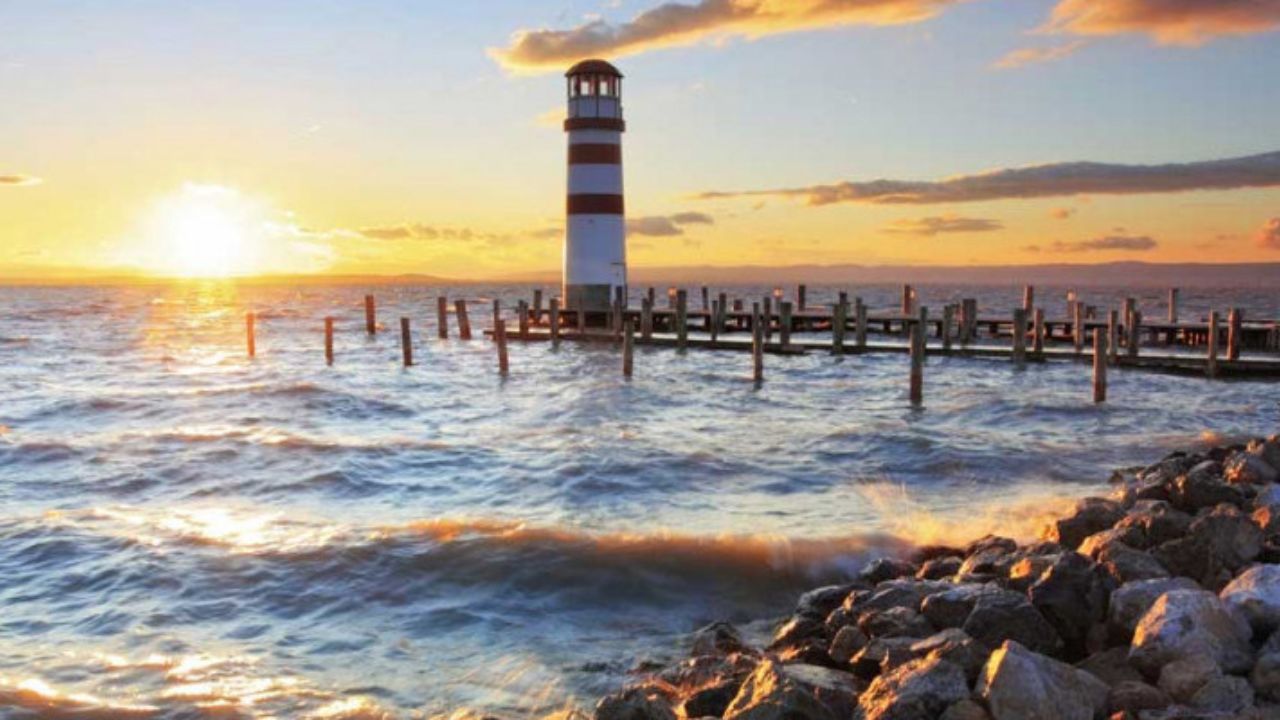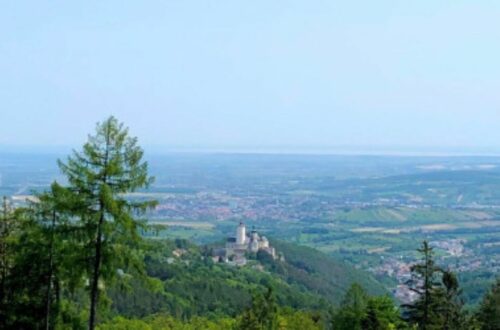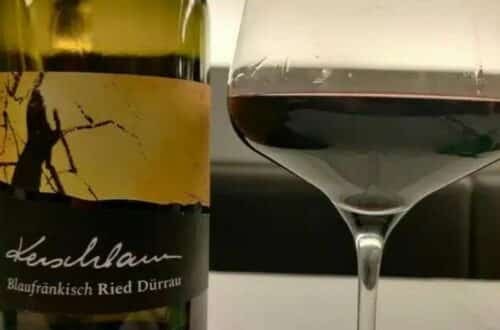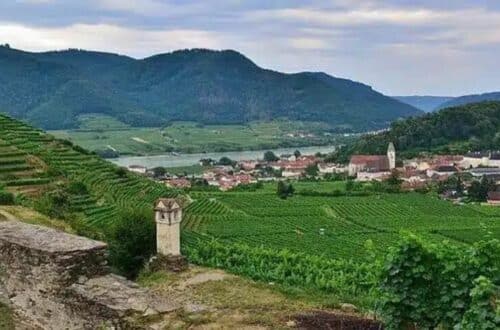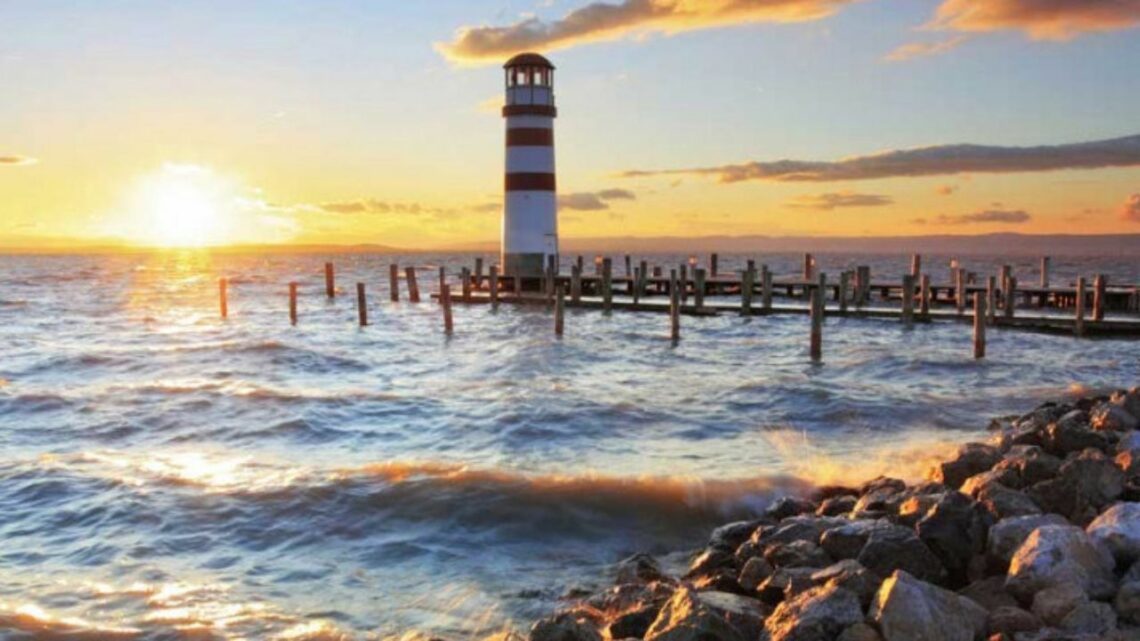
Neusiedlersee wines
The terroir of Burgenland in Austria offers a diverse range of wine styles. The region is known for its exceptional sweet wines produced around the lake Neusiedlersee, thanks to the shallow water, autumn mists, and noble rot.
The Seewinkel area benefits from a special microclimate and is renowned for its sweet wines, particularly Welschriesling.
The introduction of the DAC (Districtus Austriae Controllatus) system in Burgenland has brought regional changes, dividing the region into different appellations, including Leithaberg, Neusiedlersee, Mittelburgenland, Eisenberg, and Rosalia.
While Eiswein is produced near the lake, the finest examples come from the Weinviertel region, as well as Germany and Canada.
But let’s come back to Neusiedlersee.
The Neusiedlersee wine region in Burgenland, Austria, is known for its high-quality and diverse wines. The region produces excellent white wines, which are balanced and full-bodied, as well as rich red wines and famous sweet white wines. Key white grapes include Pinot Blanc, Chardonnay, Grüner Veltliner, and Welschriesling. For red wines, Zweigelt is the main grape, along with Blaufränkisch, St. Laurent, Pinot Noir, and others. The Neusiedlersee DAC focuses on Zweigelt.
Overall presentation of the Neusiedlersee wine region
Geographically, this region lies from Neusiedl to Gols on the northern shores, to Podersdorf, Illmitz, Apetlon, and Pamhagen in the south, and to Andau, Frauenkirchen, or Mönchhof in the east of this beautiful region.
In this subregion, you’ll find dry white wines, which impress with their body and balance. You’ll also fine full-bodied red wines and with the microclimate in Seewinkel, you’ll find the world’s greatest sweet wines!
The Seewinkel region, located in the eastern side of Burgenland, is the largest and warmest among the four regions. It spans across 6675 hectares of vineyards, with slightly over half of the area dedicated to white grape varieties.
To balance wine tastings, you can also switch to cycling, horseback riding, and water sports
Throughout the year, Schloss Halbturn Castle offers exhibitions, concerts, and other cultural events
Terroir of Neusiedlersee : soil and climate
The region’s dry warm summers and humidity from the lakes make it an ideal area for grape cultivation.
However, the sandy and gravelly soils can result in wines with low acidity and jammy flavors, making it challenging to achieve the same finesse as Leithaberg.

The influence of the shallow lake is most pronounced in the eastern side, where mist and fog provoke the development of botrytis. The evaporation from Lake Neusiedl and the surrounding 47 lakes and ponds, estimated at around 40% of its volume during summer, creates high humidity levels.
This high humidity contributes to the incredible complexity found in the region’s sweet wines.
The southern part of the region, known as the Seewinkel, features gravelly soils and is renowned for producing the finest sweet wines. The region benefits from the Pannonian climate, originating from the Hungarian plains, which brings warm summer days and limited temperature fluctuations.
As a result, the acidity in the wines is often lower compared to the other side of the lake.
The soils in the area are diverse, with prominent types including loam, gravel, and sand.
Grape varieties
Leading white grape varieties in the region include Weissburgunder (Pinot Blanc), Chardonnay, Grüner Veltliner, and Welschriesling.
The white wines are prominent but you will also find red wines. They are produced mainly from Blauer Zweigelt, accompanied by Blaufränkisch, St. Laurent, Pinot Noir, and other international “immigrant” varieties.
Neusiedlersee DAC
As just said before, the most important grape variety is Zweigelt, occupying 1812 hectares and being the sole grape permitted for the DAC designation.
In 1994, several estates joined forces to create the Pannobile label, which now consists of nine wineries, including Judith Beck, Claus Preisinger, Helmuth Renner, A and H Nittnaus, Andreas and Hans Gsellmann, Gernot Heinrich, Gernot Leitner, Gerhard Pittnauer, and Paul Achs.
Wineries in Neusiedlersee
Concerning the wineries, here are a few of my favourite ones!
Paul Achs, who worked in Sonoma, took over his family’s estate in 1990. His specialty lies in red wines, with 80% of the production dedicated to them. He particularly excels in Blaufränkisch, especially in single vineyard expressions. His “Ungerberg” vineyard, characterized by sandy loam soils, “Altenberg” with gravel, iron, and fossil limestone soils, and “Spiegel” with chalk soils, produce wines of considerable power. There again, it’s a great opportunity to fully appreciate the impact of soil on wine.
Juris, led by Georg Stiegelmar, is a pioneer of Strohwein, a style of straw wine. Since his son took over in 1995, the winery has undergone several changes. While I’m not particurlay fond of the white wines, I appreciate the Saint Laurent Reserve. One of his best-known wines is “St Georg,” a blend of Saint Laurent and Pinot Noir. It offers structure, ample acidity, and spicy notes on the finish.
Kracher, the god of sweet white wines, is a pharmacist who also produced wines at his father’s estate in Illmitz. Two-thirds of his vineyards are planted on gravelly soils, while the remainder is on sandy soils that heat up quickly during the day but cool off rapidly after sunset.
Alois Kracher gained knowledge from leading producers of sweet wines such as Pierre Meslier, the cellar master at Château d’Yquem, and Egon Müller of Scharzhof in the Saar. He practiced low yields, vinifying and aging each half-day’s picking separately.
His Trockenbeerenauslese wines are divided into two distinct styles: “Zwischenden Seen,” a reductive style aged in neutral acacia barrels, and “Nouvelle vague,” a more international approach.
Kracher has embarked on joint ventures with Manfred Krankl of Sine Qua Non in California, a red wine producer in the Burgenland called Schwarz, Heidi Schröck, and Ordonez in Malaga.
Hans and Anita Nittnaus produce the Red Pannobile, a blend of Zweigelt and Blaufränkisch aged in new oak. Their top Blaufränkisch, Tannenberg, is sourced from four parcels of old vines in slate and limestone slopes near Jois. They are best known for a blend called “Commodor,” which previously contained a fair amount of Cabernet Sauvignon but now consists of 85% Merlot and 15% Blaufränkisch.
Gerhard Pittnauer believes in minimal intervention in winemaking. His notable wines include the Pinot Noir “Fuchsenfeld,” Blaufränkisch “Rosenberg” aged in tonneaux for around 16 months, and St. Laurent “Alte Reben.”
Pöckl is recognized for producing complex red wines and excellent Trockenbeerenauslese. The estate’s Zweigelt has always been rated superior to its Blaufränkisch. The Mönchhof vineyard features varied soils, including sand, gravel, and iron.
Claus Preisinger runs a biodynamic estate with a super-modern winery. He adopts a non-interventionist approach to winemaking. Preisinger is known for his Pinot Noir, which displays good concentration but can be quite austere.
Weingut Moric : Roland Velich, the force behind Moric, reflects the transformation of Burgenland. He started by making sweet wines at the family estate in Apetlon. However, he soon recognized Blaufränkisch’s adaptability to the terroir and ventured out on his own to make “wines from terroir”
He’s become a trailblazer. His old vine plots in Neckenmarkt and Lutzmannsburg produce ethereal wines, embracing an elegant Burgundian style while distinctly representing their origin.
Roland’s commitment to terroir puts him at odds with governmental tasting panels. His wines often miss DAC status for not aligning with the panels’ stylistic preferences—clean, filtered, and sulfur-laden. Roland resists excessive manipulation, believing it compromises the sense of place. Consequently, his wines are labeled simply as Osterreich or Austria.
Asked why he continues the fight instead of using generic labels, Roland emphasizes the paramount importance of place. His mission is to authentically express the wine’s origin, not conform to a regulated style dictated by those accustomed to manipulated wines.
While few winemakers in the region have wines with enough age to stand the test of time, Moric’s longevity provides occasional access to back vintages.
Concerning the white wines, Velich initially planted Chardonnay, mistaking it for Weissburgunder (Pinot Blanc). The yields are low, rarely exceeding 35 hL/ha. The wines undergo natural yeast fermentation and extended lees aging. “Tiglat” is very well known in Austria, grown on limestone-rich soil and barrel fermented. The estate also produces excellent Trockenbeerenauslese.
Conclusion : Neusiedlersee wines
The Neusiedlersee wine region, located in Burgenland, Austria, offers a diverse range of wines and a unique terroir. The region is known for its impressive white wines, which are marketed as Qualitätswein with the appellation Burgenland. These white wines are characterized by their body and balance. The region also excels in producing full-bodied red wines, and their famous sweet white wines.
The leading white grape varieties include Weissburgunder (Pinot Blanc), Chardonnay, Grüner Veltliner, and Welschriesling. On the red wine front, Blauer Zweigelt takes the spotlight, accompanied by Blaufränkisch, St. Laurent, Pinot Noir, and other international varieties.
The Neusiedlersee DAC designation is significant in the region, with Zweigelt being the most important grape variety allowed for this designation.
Numerous wineries in Neusiedlersee produce exceptional wines. Some notable ones include Paul Achs, known for his red wines and expertise in Blaufränkisch; Juris, a pioneer of Strohwein (straw wine); Kracher, highly regarded for his sweet wines and Trockenbeerenauslese styles; Hans and Anita Nittnaus, creators of the Red Pannobile blend; Gerhard Pittnauer, who emphasizes minimal intervention in winemaking; Pöckl, recognized for complex red wines and Trockenbeerenauslese; Claus Preisinger, known for his Pinot Noir and Velich, producing exceptional wines like “Tiglat” from limestone-rich soil.




